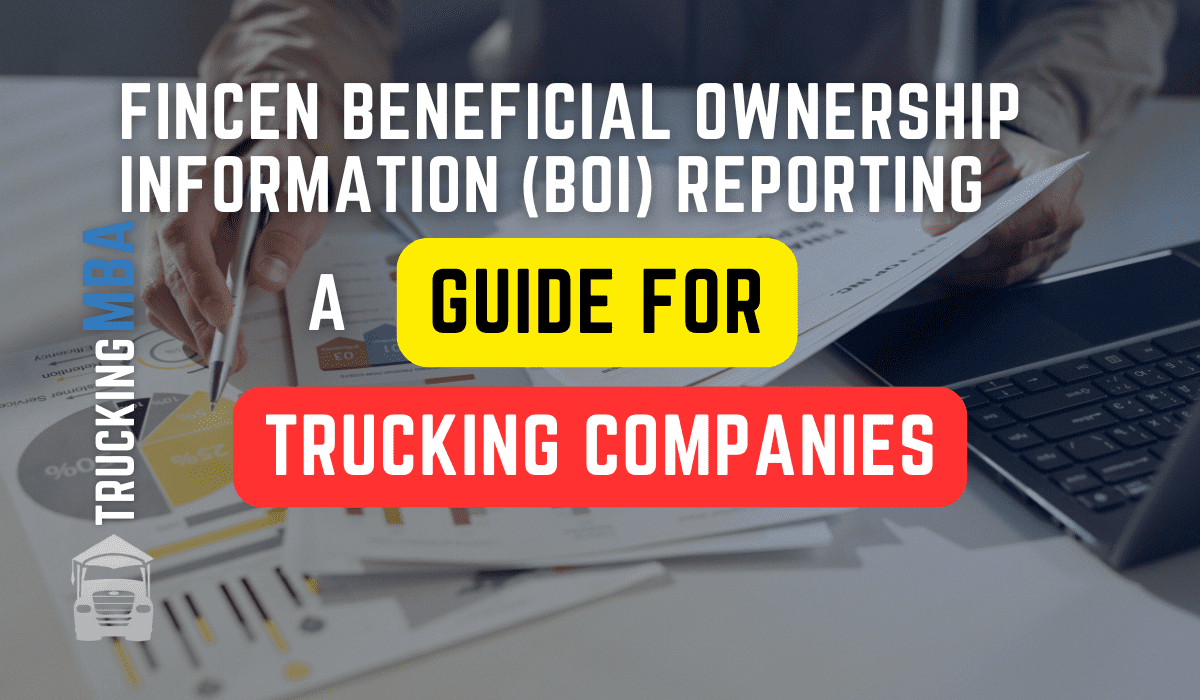In the dynamic landscape of the trucking industry, staying abreast of regulatory requirements is a cornerstone of operational success. One such regulatory obligation that carriers must fulfill is the Federal Motor Carrier Safety Administration (FMCSA) Biannual Update. This blog post aims to demystify this requirement, outlining its purpose, identifying who is obligated to complete it, and specifying the submission deadline.
Understanding the FMCSA Biannual Update
The FMCSA Biannual Update is a regulatory requirement enforced by the FMCSA, a division of the U.S. Department of Transportation (DOT) that oversees the trucking industry. The update is an integral part of the Motor Carrier Management Information System (MCMIS) and necessitates carriers to provide the DOT with up-to-date information about their operations.
The update encompasses details such as the total number of vehicles in operation, the number of drivers employed, the nature of the cargo typically transported, and other pertinent operational specifics. This data is instrumental for the FMCSA to supervise safety protocols, ensure regulatory compliance, and maintain an accurate statistical record of the trucking industry.
Who is Obligated to Complete the FMCSA Biannual Update
The FMCSA Biannual Update is a mandatory requirement for all motor carriers, irrespective of their operational scale or nature. This includes owner-operators, interstate carriers, intrastate carriers, private carriers, and even carriers with inactive USDOT numbers. The term “motor carrier” as used by the FMCSA encompasses any entity involved in the commercial transportation of goods or passengers.
When is the FMCSA Biannual Update Due
The deadline for the FMCSA Biannual Update is contingent on the last two digits of your USDOT number. The penultimate digit denotes the month of the year when your update is due, while the final digit determines the year. For instance, if your USDOT number concludes with 21, your update is due every alternate year in January (1 signifies January, and the odd number 1 indicates an odd-numbered year).
It’s crucial to note that the update must be submitted within the designated month or earlier, but not later. Non-compliance with the FMCSA Biannual Update can lead to penalties, including monetary fines and the deactivation of your USDOT number.
DOT 1234567
The “6” would June
2nd to Last Digit
1
2
3
4
5
6
7
8
9
0
Month Due
January
February
March
April
May
June
July
August
September
October
DOT 1234567
The last digit, in this case “7“, represent odd or even year. So here it would be odd: 2023,2025, 2027, …
Conclusion
Maintaining compliance with FMCSA regulations is a vital aspect of managing a successful trucking business, and the FMCSA Biannual Update is a key component of this compliance. At TruckingMBA, we are dedicated to assisting small trucking businesses in navigating these regulatory waters. Our team offers support in areas such as safety, compliance, permitting services, road tax filing, and freight factoring, enabling you to concentrate on your core competency – driving America’s progress.
Remember, the FMCSA Biannual Update is not merely a regulatory obligation; it’s an opportunity to ensure your company’s information is accurate and current, contributing to the safety and efficiency of the entire trucking industry.




Responses